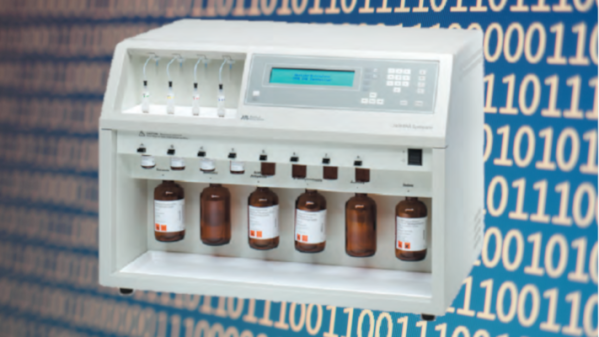In the world of information security, much thought goes into ensuring that no information can leave computer networks without expressly being permitted to do so. Conversely, a lot of effort is expended on the part of would-be attackers to break through whatever layers are present. [Halcy] has a way to share data between computers, whether they are networked or not, and it uses ultrasound.
To be fair, this is more of a fun toy than an elite exploit, because it involves a web interface that encodes text as ultrasonic frequency shift keying. Your computer speakers and microphone can handle it, but it’s way above the human hearing range. Testing it here, we were able to send text mostly without errors over a short distance, but at least on this laptop, we wouldn’t call it reliable.
We doubt that many sensitive servers have a sound card and speakers installed where you can overhear them, but by contrast, there are doubtless many laptops containing valuable information, so we could imagine it as a possible attack vector. The code is on the linked page, should you be interested, and if you want more ultrasonic goodness, this definitely isn’t the first time we have touched upon it. While a sound card might be exotic on a server, a hard drive LED isn’t.













